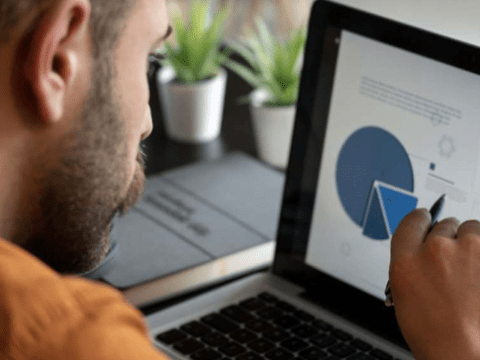
Where are you on the sales forecasting journey?
INTERMEDIATE: Opportunities and predictions roll up automatically and are always current.
Reps and managers can stay in the CRM. Notes on the forecast provide transparency into changes.
Example: “I believe this customer will delay signing so I’m not including their deal in the forecast.”
ADVANCED: AI uses CRM data to make forecasts more accurate.
CRM makes recommendations based on data that lead to smarter action.
Example: “This customer is ready for the next stage.”
BEGINNER: Sales reps calculate forecasts in spreadsheets and email the numbers to their managers.
Managers send more emails back with actions, but the actions are based on stale numbers and insights.
Structure your pipeline to see the status of every deal
Beyond common data, your teams need a common sales process, too. Define the stages of your pipeline in Salesforce so all your reps know what’s required to move customers to the next stage. Leaders can view snapshots of opportunities to intervene when forecasts are at risk, and work with sales reps to advance deals together as a pack — no more lone wolves.
Resource Sponsored By

Please fill out the form to access the content








